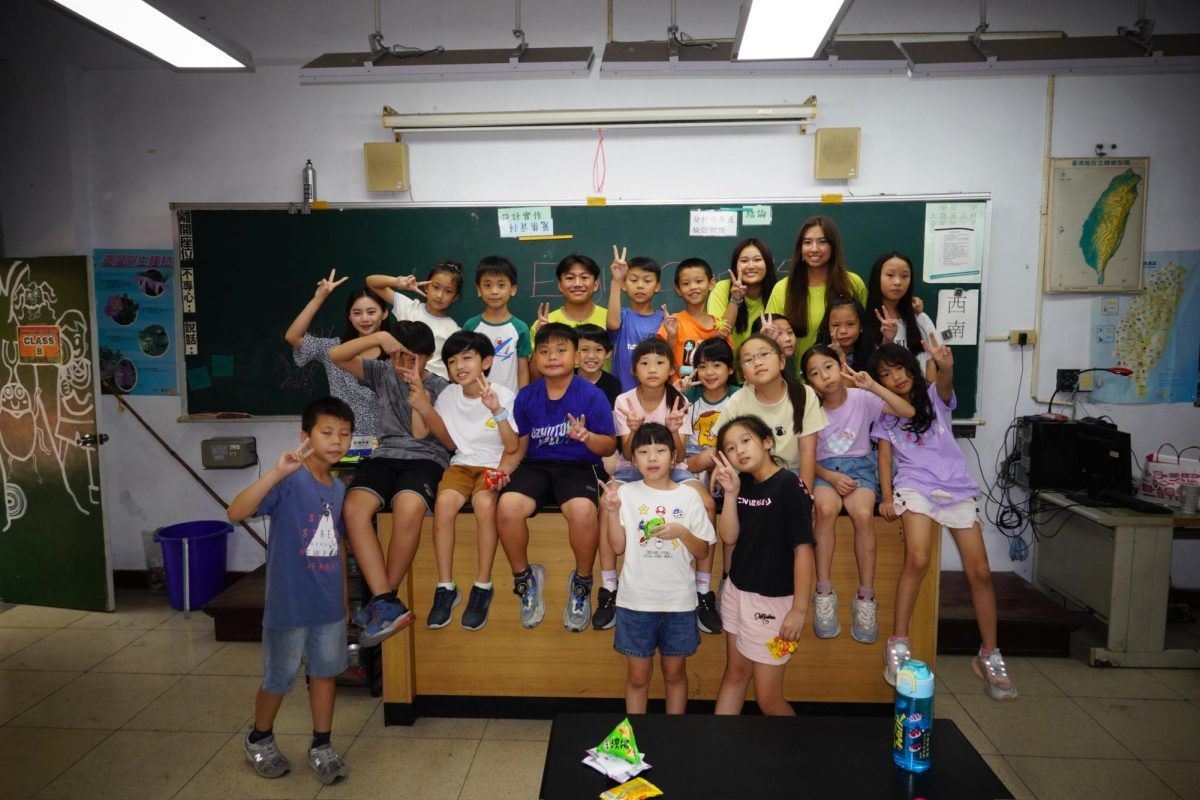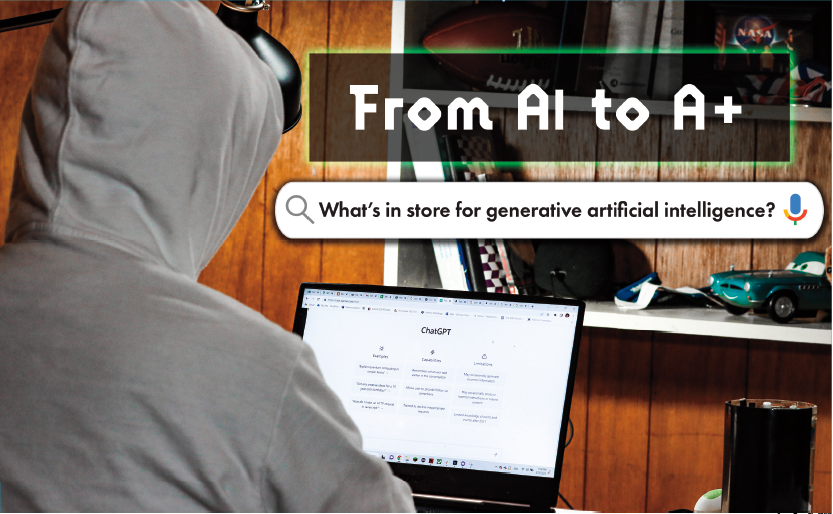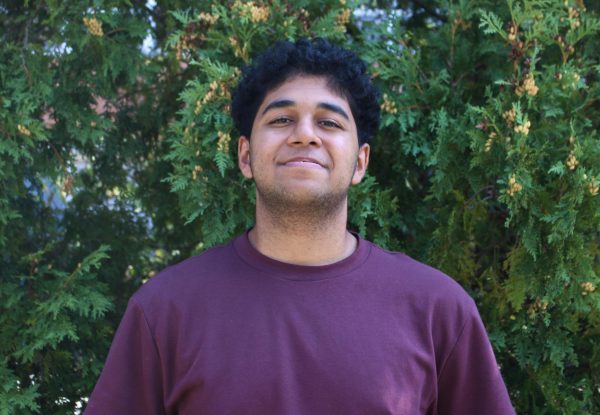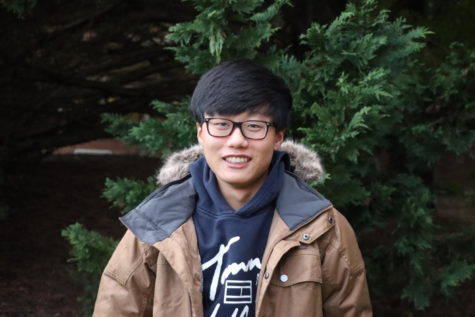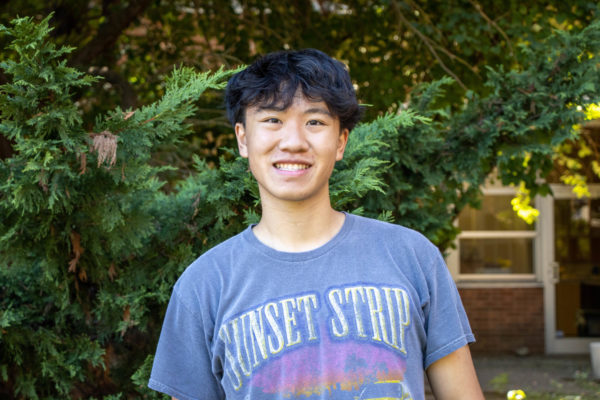By Rohan Anne, Evan Lu and George Zhang, Co-Webmaster, Co-Editor-In-Chief and Photography Editor
As ChatGPT continues to chat up a storm, some teachers and students are starting to feel a little uneasy about this talkative AI’s rise to power. With its uncanny ability to generate human-like text, it is no laughing matter that this technology could be used to cheat on exams and assignments faster than you can say “plagiarism.” By giving educators a real run for their money, the consequences of this model could be a real page-turner in the world of education.
In fact, the previous paragraph was written by Chat Generative Pre-trained Transformer (ChatGPT) using the prompt, “write an interesting, funny lede for a newspaper article about the rise of ChatGPT in academic settings, such as cheating in schools.”
This is one example of generative artificial intelligence (AI), a technology that can be used to create new content. Research laboratory OpenAI launched the chatbot in late November 2022 before it took to the national stage.
TESD Director of Technology Mike Szymendera spent the past two months investigating ChatGPT.
“When we talk about (ChatGPT) internally with teachers and administrators, I demo it and show them what it can do,” Szymendera said. “Usually, a third of the people have never heard of it. The middle third have seen it on the news but never used it themselves. And then the other third — they’ve been using it and really thought about it.”
In the Conestoga community, debate around controversial uses for generative AI is common. In January, the New York City Department of Education blocked access to ChatGPT due to “concerns about negative impacts on student learning.”
The decision to block ChatGPT varies by district as AI is not included in the Children’s Online Privacy Protection Act that mandates school restrictions. Following conversations with other Chester County districts, none of which have blocked ChatGPT, Szymendera remains undecided on the question of restricting access.
“ChatGPT is having its moment, but really what we’re talking about is a whole form of technology. That makes the blocking conversation sort of challenging because you could go block one site, but we’re talking about the concept of artificial intelligence and its effect on education,” Szymendera said.
Now, the development of technologies that allow students to generate novel, unique responses to a diverse range of questions threatens to lower the barriers and stigma of cheating.
“We want to learn about (ChatGPT). We want to hear people’s perspectives. We want to help teachers understand it,” Szymendera said. “Ultimately, we want teachers to be empowered to set expectations for how work should be done in their class.”
Rise of the bots
Generative AI is a specific genre that creates content from human input which can include audio, text, images and more. For example, generative AI can create an image based on human instruction or write an analysis of an image. The technology devises an infinite number of unique responses to the same prompt.
“The fact that you can just throw freeform content in there and it can spit out reasonable answers is pretty amazing,” said University of Pennsylvania finance professor Itamar Drechsler. “You could throw in my homework — I mean, I tried that. The answers aren’t really right but they weren’t ridiculous. They sound like they were in the ballpark. That’s really an amazing level of flexibility and adaptability for this kind of software.”
While different forms of generative AI have existed since 2014, many applications gained publicity in 2022. One example is DALL-E 2, which creates art from a human description. According to Conestoga computer science teacher Edward Sharick, the most impressive feature of ChatGPT is its ease of access.
“They’ve done a nice job of packaging it together in terms of ease of use, and their user interface and the way it formats the output for the user is really nice,” Sharick said.
Academic implications
English teacher Lauren Nordsiek first heard about ChatGPT in December 2022 when an educator friend shared an article in The Atlantic titled, “The End of High School English.” The article’s author, Maybeck High School English teacher Daniel Herman, warned that ChatGPT destroys the intrinsic trust that underlies assignments, casting doubt upon future submissions of written material by students.
“ChatGPT may signal the end of writing assignments altogether — and maybe even the end of writing as a gatekeeper, a metric for intelligence, a teachable skill. If you’re looking for historical analogues, this would be like the printing press, the steam drill, and the light bulb having a baby, and that baby having access to the entire corpus of human knowledge and understanding,” Herman wrote in The Atlantic.
The article quickly circulated through Conestoga’s English department, generating considerable buzz about ChatGPT’s cheating potential. Nordsiek compares modern techniques to how students cheated during her own tenure as a high schooler from 2000 to 2004.
“Obviously there was the internet, but it was still in the early days. Instead, it was still very popular to buy physical SparkNotes summaries for every book: they were yellow, with black stripes on them. In my day and age, that’s how kids were ‘cheating,’” Nordsiek said.
However, the rise of generative AI raises new worries for teachers. Students can prompt ChatGPT to provide responses to any question and each response generated by the bot — even responses to the same prompt — is unique.
“Since I’ve become a teacher, kids have become more savvy using the internet. The resources on the internet change and get more savvy as well. It’s not just the SparkNotes, it’s other websites and platforms now that kids can use in order to get help, support or cheat,” Nordsiek said.
Far from limited to English classes, the technology wields broader influences that can help in STEM and social science courses, just as easily.
“I’ve heard of students writing short essays, science labs, Econ responses and English reflections using ChatGPT. There are even rumors of students copy-pasting ChatGPT-generated responses into their resumes or college essays,” junior Aryan Rana said.
Still, there are students and teachers who question the negative reputation surrounding the use of AI tools. In certain cases, ChatGPT can help facilitate creative processes and deliver structured feedback in a manner similar to peer editing.
“It gives good ideas that save a lot of time. Really, it’s like asking your dad for an idea,” senior James Johnson said. “When writing your college essays, did you not ask anyone, ‘How do I write this’ or ‘How can I reword this?’”
Nevertheless, according to Nordsiek, ChatGPT is not advanced enough to replace student writing. When she plugged in a prompt from her American Voices class, the AI returned a well-written but vague response that failed to include nuanced tidbits of information that were covered during in-class discussions. College essay counselor Elizabeth Dankoski agrees. While there are fears that students may misuse AI to write their college applications, Dankoski believes that AI “can never compete” with human editors.
“It does not have the capacity to take reams of personal experience and distill them into 250 words,” Dankoski said. “So many people don’t understand that the college essay process is meant to be a deeply self-reflective celebration of who you are. There’s a lot of fear that somehow AI is going to come in and steal our humanity — that’s impossible.”
Teachers continue to develop strategies to combat technological academic dishonesty. Nordsiek is a strong believer in Turnitin, an internet-based plagiarism detection software used within TESD that recently announced updates to detect ChatGPT-generated submissions. She held open conversations with her classes, discouraging AI plagiarism by discussing the pitfalls of ChatGPT. She plans to enforce the Conestoga Code of Conduct through grade reductions, Saturday detentions and out-of-school suspensions if any incidents arise.
Into the future
In the ever-changing classroom environment, AI is bound to grow in influence. The development of generative AI is not unlike other historical paradigm shifts — from the implementation of state-sponsored public education to the creation of educational technologies like YouTube, Google Translate, Photomath and Khan Academy. Spanish teacher Maria Delora believes that the power of AI can be harnessed in a responsible way that doesn’t do the work for students.
“I think (ChatGPT) could be another source, kind of like a dictionary. It’s advanced in the way that we can access information, but we need to know how to use it in the school environment.”
While playing around with the software, computer science and math teacher William Dewees found useful applications for ChatGPT’s personalized programming feedback.
“I wanted to know specifically what a typical programmer would do with some code that (ChatGPT) had given me, and what I found really interesting was that it was able to comment on its own coding style and suggest stylistic alternatives,” Dewees said.
For others, ChatGPT is a valuable resource for independent learning. Johnson is using the program to teach him Swift, the programming language made for developing Apple software.
“You can literally ask, ‘How do I import the Spotify application programming interface?” It’ll give you the steps. If I need it to elaborate, it’ll do that too,” Johnson said.
Generative AI continues to push the technological frontier, forcing the educational system to adjust. Szymendera feels that as ChatGPT matures, educators will adopt a new status quo as needed.
“The iPhone came out in 2007 and it was incredible, but it was the worst iPhone in history. For ChatGPT, it’s also really exciting to think that this is the worst it’s ever going to be,” Szymendera said. “Disruptive things come out and we have to learn how we’re going to live with them or adapt.”
Rohan Anne can be reached at [email protected].
Evan Lu can be reached at [email protected].
George Zhang can be reached at [email protected].









